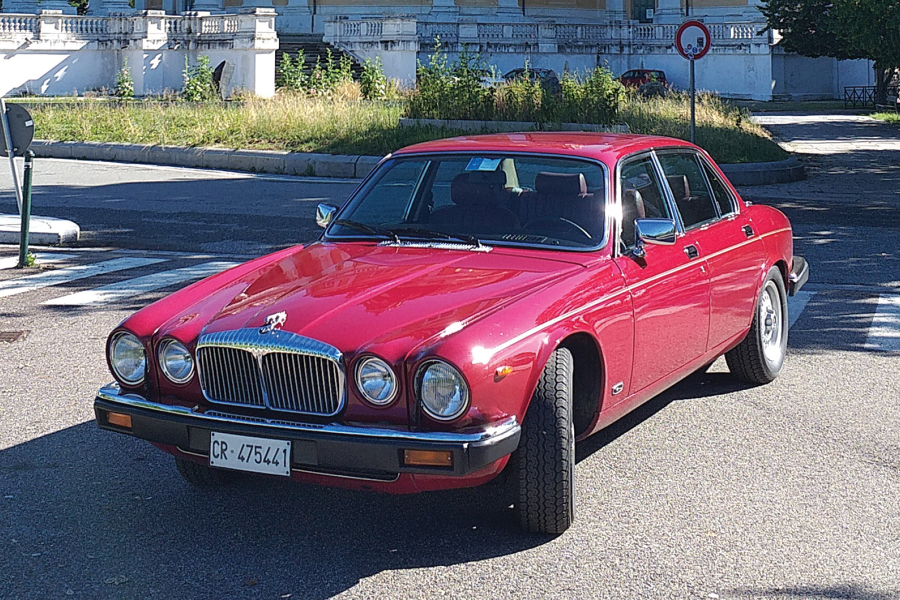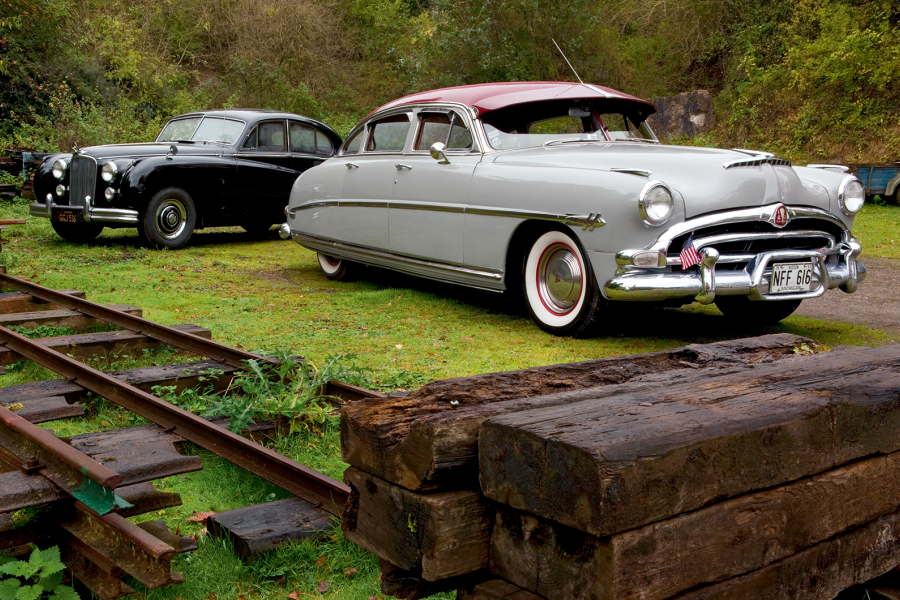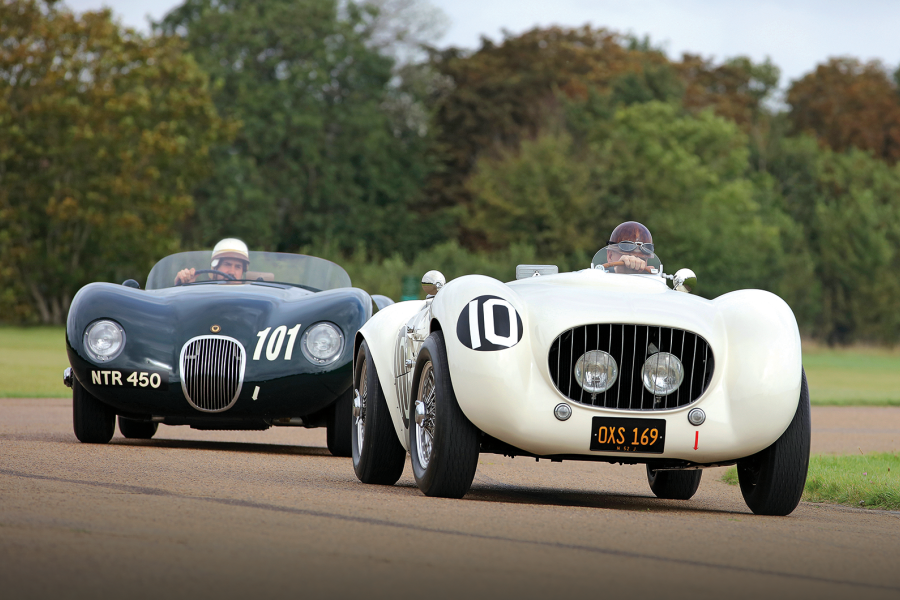
Although many Italians are enthusiastic Anglophiles, it’s hard to imagine anyone going to great expense to combine an English body with a Latin chassis.
But the reverse union makes sense, as the spectacular 1954 Jaguar XK120 Supersonic proves.
On one of the hottest days of the year it’s difficult to look chic in this burgundy GT, but cruising around Paris 60 years ago it must have been the coolest of cats.
With shapely, sleek Italian skin wrapped tightly around the tuned XK120 chassis, and few vents to free the hot air from the 3.4-litre ‘six’, you’re guaranteed to cook inside the stylish but cramped cabin.
Even for my short build it’s a tight squeeze, with legs bent around the broad, wood-rimmed three-spoke steering wheel and the shell-like XK pointed boss targeting my chest.

The XK120 interior was retrimmed in beige leather by Ghia, rather than replaced
If the driver is baking, the dashboard is ice-cool, its two-tone paint matching the plush trim. The neat binnacle groups five gauges, including a 6000rpm rev counter and 240kph speedo.















